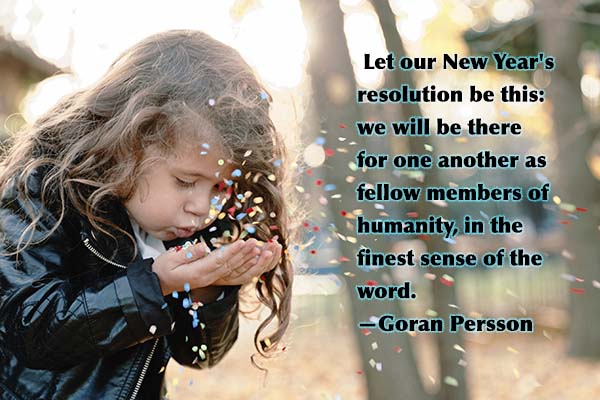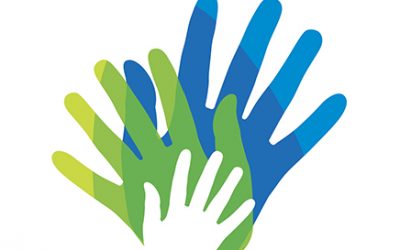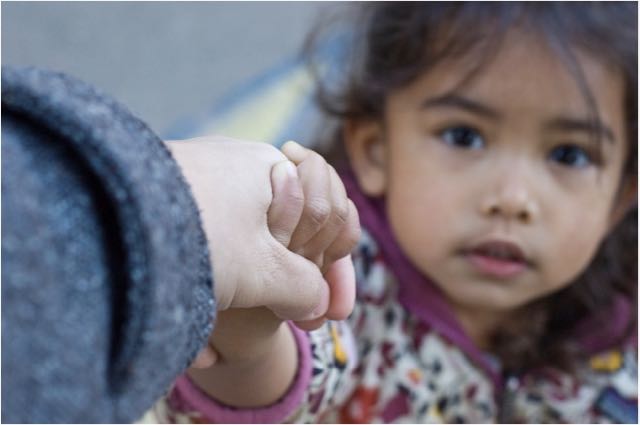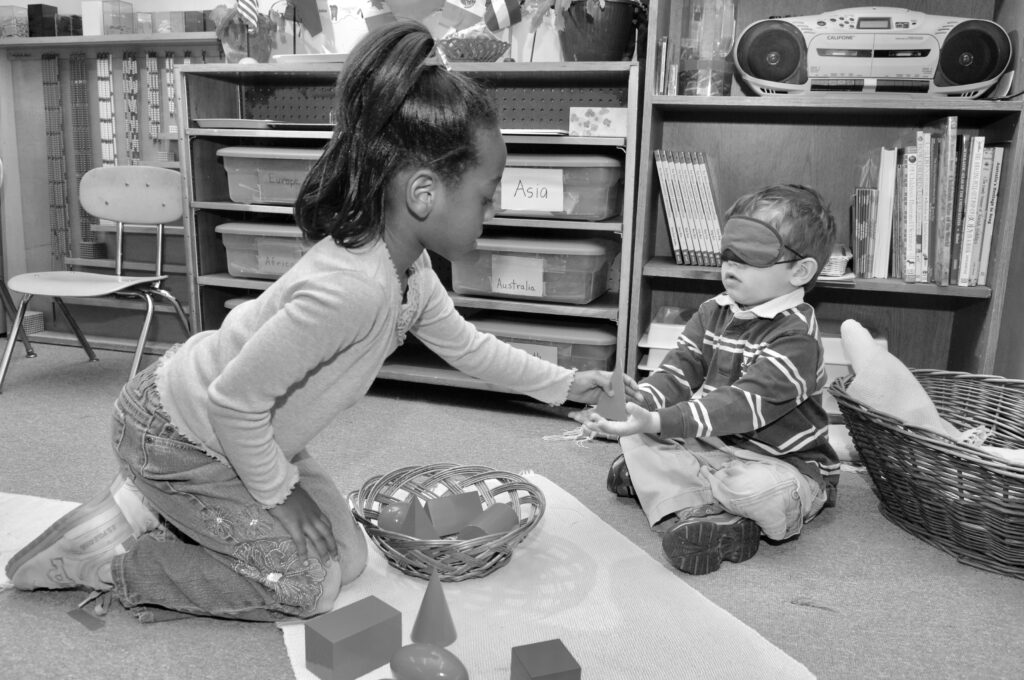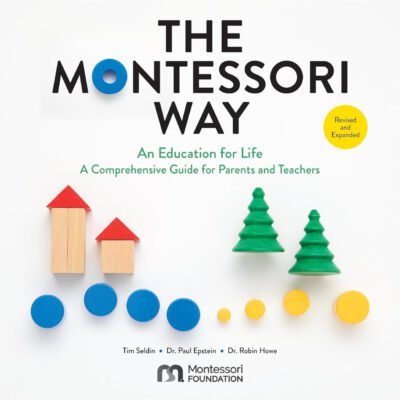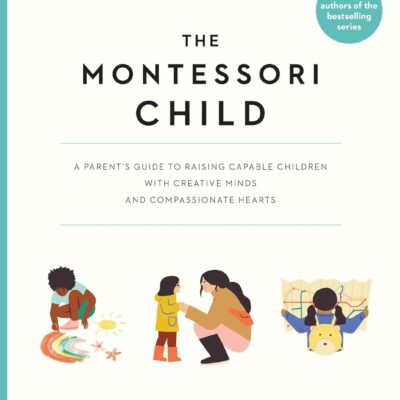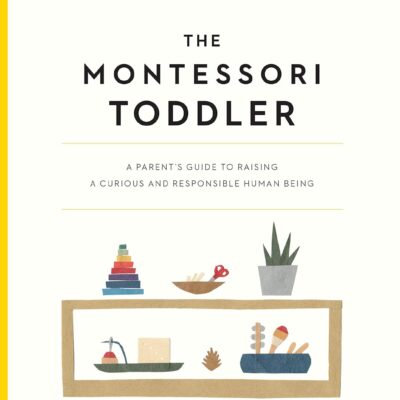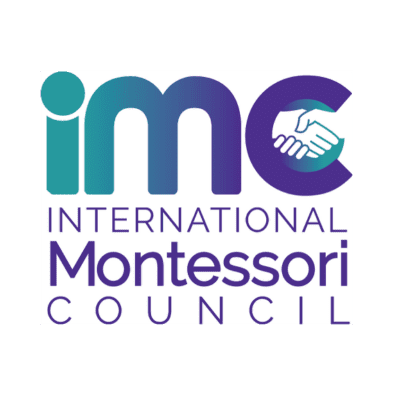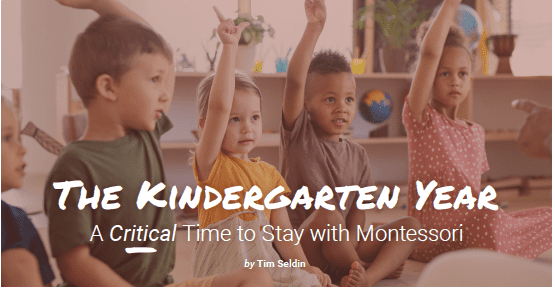
by Tim Seldin
Sarah Martinez remembers sitting at her kitchen table three years ago, agonizing over whether to keep her daughter Emma in Montessori for kindergarten. The public school was right around the corner, and the choice seemed obvious at first. Yet something held her back from making that switch—an intuition that would later prove transformative for her daughter’s education.
Each year, thousands of parents face this same pivotal decision point in their children’s educational journey. When your child can attend the local public schools for free, why would anyone want to invest in another year’s tuition? While the answer may be connected to family finances, many families make their children’s education a top priority and see the choice of staying in Montessori as an essential investment in their children’s future.
Other families hope to have their children move to another highly regarded private school. They worry that if they don’t get in at the earliest age, these schools will begin accepting other children and they will never get a spot. They don’t realize that many well-known private schools focus their attention on the higher grades but offer programs for younger children to meet the demands of their existing families. Often, these early childhood programs are much less sophisticated than those provided by Montessori schools.
The key point to keep in mind is that everything comes together in the third year of the Montessori Children’s House program, the kindergarten year. This is a time when Montessori children blossom!
“Free public kindergarten versus another year of tuition; it felt like such an obvious decision at first,” reflects Michael Chen, whose son is now in fourth grade. “But when we really looked at what our son would be giving up by leaving Montessori, the calculation changed completely.”
Consistency matters deeply, especially in the first six years of life. When children transfer from Montessori to a traditional kindergarten, they face a dramatic shift in their learning environment. “The adjustment period alone took months,” shares Jennifer Blake, whose first child transferred to traditional kindergarten before she made a different choice for her younger children. “Looking back, we lost precious learning time just helping our daughter adapt to a completely different way of being in school.”
The contrast between Montessori and conventional kindergarten programs goes far beyond teaching methods. In traditional kindergarten settings, children must adjust to an environment where morning announcements interrupt the flow of learning; group instruction takes precedence over individual exploration; and teacher-directed activities replace self-directed learning. Most kindergartens have much lower expectations for five-year-olds than Montessori programs, which dramatically changes the course of their learning during this crucial year of their lives.
Maria Anderson, now a high school math teacher, saw this difference clearly when observing both systems. “In my son’s Montessori class, five-year-olds work with sophisticated mathematical concepts using concrete materials. Their understanding of the decimal system, place value, and mathematical operations becomes internalized through hands-on experience. When children leave before they’ve had time to fully absorb these concepts, that early learning often evaporates because it isn’t reinforced in traditional settings.”
Lisa Thompson witnessed this difference firsthand when her daughter Kate completed the three-year Montessori cycle before moving to a public school for first grade. “By the time Kate entered first grade, she had such a solid foundation in mathematics and language that she was able to help other students. But it wasn’t just about academic skills; she knew how to learn independently and wasn’t thrown off by new challenges.”
The research supporting the Montessori approach continues to grow. Educational psychologist Howard Gardner noted a concerning pattern in traditional education: “Many schools have fallen into a pattern of giving kids exercises and drills that result in their getting answers on tests that look like understanding. Most students, from as young as those in kindergarten to students in some of the finest colleges in America, do not understand what they’ve studied in the most basic sense of the term. They cannot take knowledge learned in one setting and apply it appropriately in a different setting.”
Montessori’s focus on teaching for understanding directly addresses this challenge. In a primary Montessori classroom, three- and four-year-olds benefit from two years of sensorial preparation for academic skills by working with concrete materials. This hands-on experience gradually allows the child to form mental pictures of abstract concepts. Parents and educators have often underestimated the value of these sensorial experiences. Yet, research consistently shows that young children learn by observing and manipulating their environment, not through textbooks and workbook exercises.
Robert Patel’s experience with his son Jake illustrated another crucial aspect of the kindergarten year: leadership development. “We almost pulled Jake out after his fourth year,” Robert admits. “But watching him become a classroom leader during his kindergarten year transformed him from a hesitant child into a confident learner. That confidence has stayed with him through middle school.”
Many parents worry that their five-year-old will spend the kindergarten year taking care of younger children instead of doing their own work. Emily Williams, whose daughter Rachel is now in college, laughs at this common concern. “What we discovered was that teaching younger children actually deepened Rachel’s understanding of the concepts she had learned. When she had to explain something to a younger child, it really cemented her own learning.”
Five-year-olds are typically the leaders and role models in the primary Montessori classroom. They help set the tone and serve as examples of appropriate behavior. They often help younger children with their work, teach lessons or correct errors. Most have been waiting the longest time to be one of the ‘big kids,’ and the experience of playing this leadership role does wonders to reinforce their sense of autonomy and self-confidence.
The kindergarten year is also a time of profound intellectual development. Five-year-olds are beginning to reflect upon the world in new ways. They pay closer attention, notice more details, ask more questions, and begin to explain the world in their own terms. It’s a crucial period of integration when children begin to synthesize everything they’ve learned in their first few years.
David Foster, whose daughter continued in Montessori through elementary school, saw this integration process firsthand. “During that kindergarten year, we watched in amazement as all the pieces started coming together. The careful preparation of the previous two years suddenly blossomed into this incredible period of growth and understanding.”
By the end of age five, Montessori students commonly develop advanced academic skills, but this isn’t our ultimate goal. Our real hope is that these children will feel good about themselves and enjoy learning. The key concept is readiness. In Montessori, if a child is not developmentally ready to advance to a new skill or level of understanding, they are neither left behind nor made to feel like a failure. Our goal is not to ensure that children develop at a predetermined rate but to ensure that whatever they do, they do well and feel good about themselves as learners.
“The decision to stay for kindergarten was really our first step in recognizing how powerful this approach to education could be,” reflects Jennifer Blake, whose children ultimately attended Montessori through eighth grade. “My children learned not just academic skills but how to think, how to solve problems, and how to be confident learners. That foundation has served them incredibly well throughout their education.”
When making this crucial decision for your child, remember that kindergarten is more than just another year of preschool. It’s the culmination of a carefully prepared cycle of learning that builds toward the moment when children consolidate their skills, embrace leadership roles, and integrate their understanding of the world around them. As countless families have discovered, the investment in that final year can yield returns that last a lifetime.
Tim Seldin is President of the Montessori Foundation. His more than 40 years of experience in Montessori education includes 22 years as Headmaster of the Barrie School in Silver Spring, Maryland, his alma mater from toddler through high school graduation. Tim was Co-Founder and Director of the Institute for Advanced Montessori Studies and the Center for Guided Montessori Studies. He earned a B.A. in History and Philosophy from Georgetown University, an M.Ed. in Educational Administration and Supervision from The American University, and his Montessori certification from the American Montessori Society.
Tim is the author of several books on Montessori Education, including How to Raise An Amazing Child, and The World in the Palm of Her Hand. Please be sure to look for his new books, The Montessori Way co-authored with Paul Epstein and Robin Howe and Montessori for Every Family, co-authored with Lorna McGrath.

